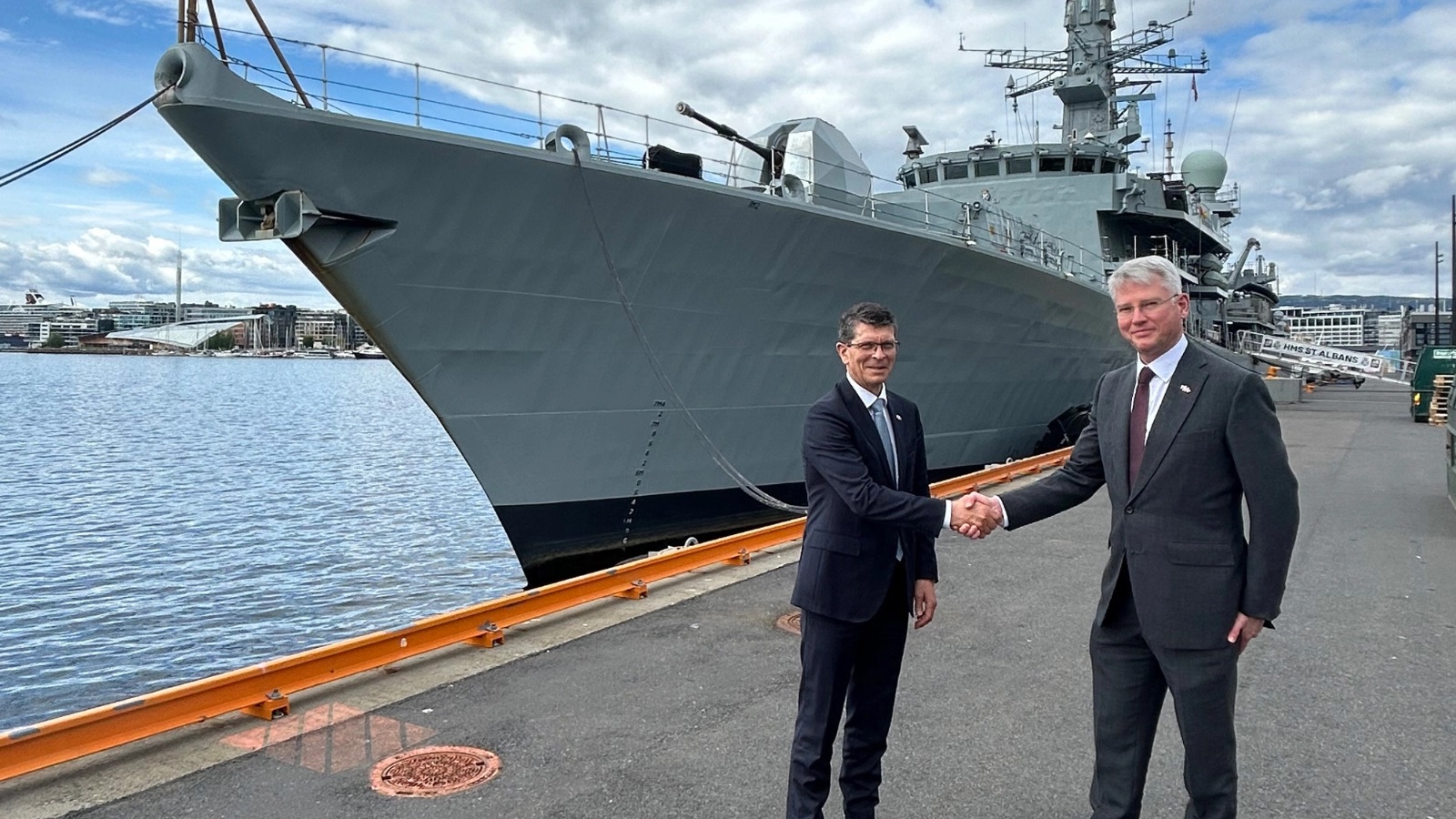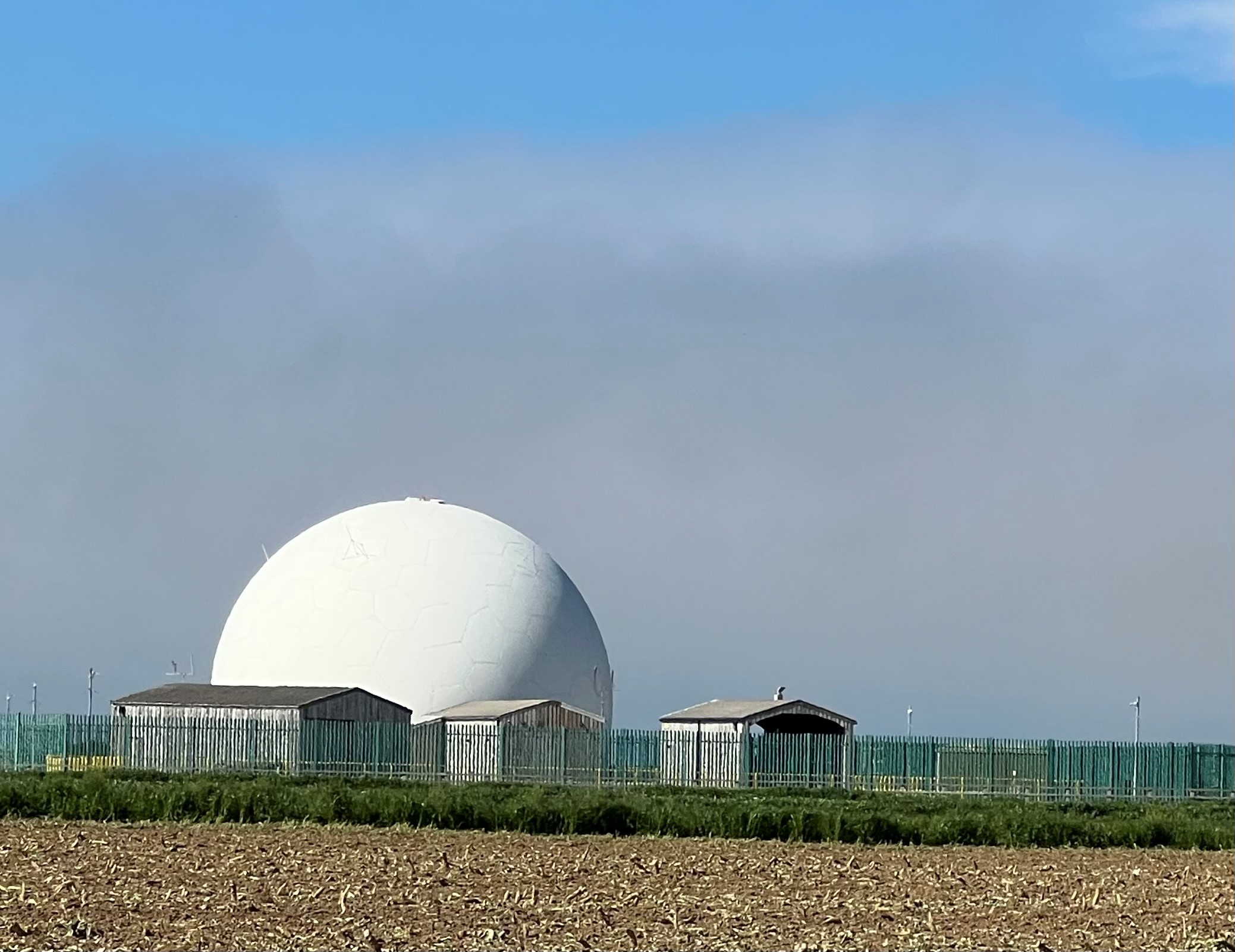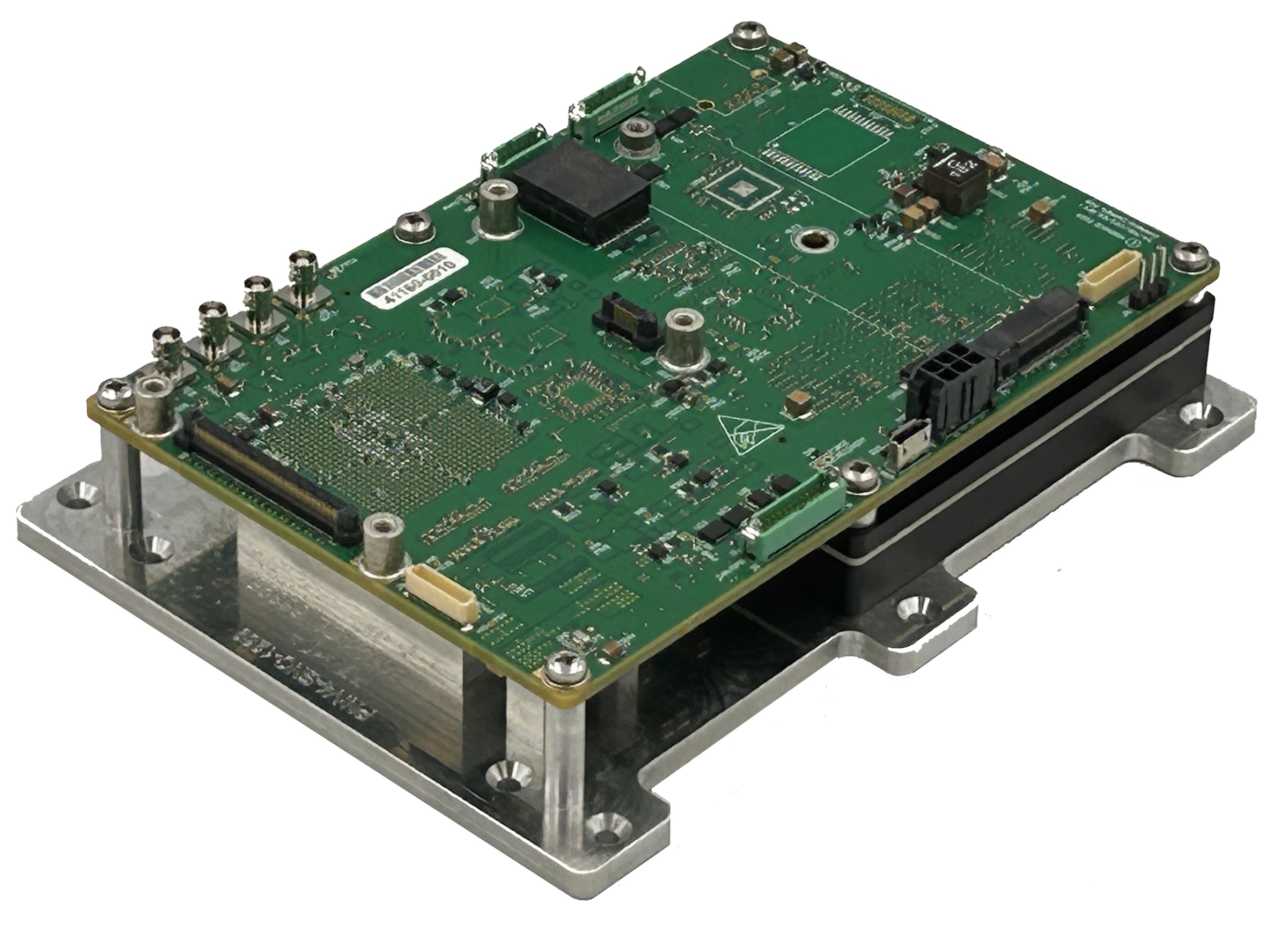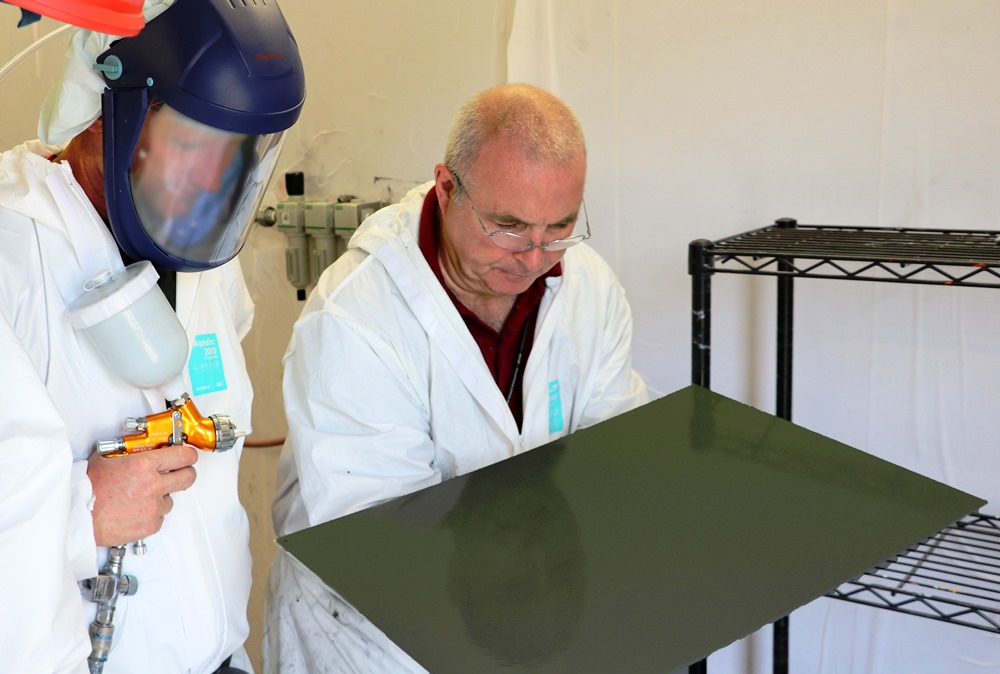NATO Summit outlines Afghan plan and declares Missile Defence System operational
Alliance and partner-nation leaders met in the Windy City and covered a range of issues from Afghanistan, missile defence and nuclear arms, to common defence, with intense discussions on the alliance’s role in Afghanistan and the way forward there.

Above: US President Barack Obama makes opening remarks during the meeting on Afghanistan at the NATO summit in Chicago, 21 May, 2012, alongside British Prime Minister David Cameron, left, US Marine Corps Gen. John R. Allen, commander of the International Security Assistance Force in Afghanistan, centre, General Stéphane Abrial, SACT, right, US Navy Adm. James G. Stavridis, far right, NATO’s supreme allied commander for Europe, US Secretary of State Hillary Rodham Clinton, back left and US Army Gen. Martin E. Dempsey, chairman of the Joint Chiefs of Staff, back centre. NATO photo
The President said: “NATO has been the bedrock of common security, freedom and prosperity for nearly 65 years. It hasn’t just endured, it has thrived, because our nations are stronger when we stand together.
“We’re now unified behind a plan to responsibly wind down the war in Afghanistan, a plan that trains Afghan security forces, transitions to the Afghans and builds a partnership that can endure after our combat mission in Afghanistan ends.”

Above: British Prime Minister David Cameron, US Defense Secretary Leon E. Panetta, US President Barack Obama and NATO Secretary General Anders Fogh Rasmussen observe a NATO colour guard before a moment of silence honouring service members killed or wounded in Afghanistan at the NATO summit in Chicago, 20 May, 2012. US DoD photo by US Navy Petty Officer 1st Class Chad J. McNeeley
NATO has transitioned much of the security responsibility to Afghan national security forces. More than 50% of the Afghan population is now under the protection of Afghan soldiers and police, and the next step was finalised today, the President said. “We agreed that Afghan forces will take the lead for combat operations next year, in mid-2013.
“At that time, [International Security Assistance Force] forces will have shifted from combat to a support role in all parts of the country.”
Though this is a major step toward completing the transition to an Afghan lead for security by the end of 2014, Obama said, important work remains.
“This will not mark the end of Afghanistan's challenges, obviously, or our partnership with that important country, but we are making substantial progress against our core objective of defeating al-Qaida and denying it safe haven, while helping the Afghans to stand on their own,” he said.
The alliance leaders looked at what kind of relationship NATO will have with Afghanistan post-2014. The President said. “NATO will continue to train, advise and assist and support Afghan forces as they grow stronger,” he added. “While this summit has not been a pledging conference, it’s been encouraging to see a number of countries making significant financial commitments to sustain Afghanistan’s progress in the years ahead.”
The summit carries on work laid down during the alliance’s November 2010 summit in Lisbon, Portugal. Alliance leaders agreed in Chicago on a series of steps to strengthen NATO’s defence capabilities over the next decade, Obama said. This, he added, puts teeth in the strategic concept the leaders agreed to in Lisbon and solidifies the 'Article 5' commitment. Article 5 of the Washington Treaty stipulates that an attack on one NATO nation is an attack on all.
In Chicago, the alliance agreed to acquire a fleet of drones to strengthen intelligence, surveillance and reconnaissance. “We also agreed on a mix of conventional, nuclear missile and missile defense forces that we need,” Obama said. Alliance leaders also agreed on how to pay for these capabilities, to include pooling resources in the face of difficult economic times.
The alliance will move forward with missile defense and announced the NATO system now provides an interim capability. “America’s contribution to this effort will be a phased adaptive approach that we’re pursuing on European missile defense,” the president said. The system calls for a defense radar in Turkey, which will be under NATO control.
“Spain, Romania and Poland have agreed to host key US assets, the Netherlands will be upgrading radars, and we look forward to contributions from other allies,” Obama said.
He was quick to point out that the system is not aimed at Russia and does not undermine Russia’s strategic deterrent. “I continue to believe that missile defense can be an area of cooperation with Russia,” he said.
Finally, the NATO member nations agreed to deepen cooperation with allies, Obama said. The Libyan operation showcased the cooperation with far-flung allies that provided valuable capabilities to the alliance. The 28 nations of the alliance met with the leaders from 13 other countries to strengthen ties.
“Each of these countries has contributed to NATO operations in different ways – military, political, financial – and each wants to see us do more together,” the president said. “To see the breadth of those countries represented in that room is to see how NATO has truly become a hub of global security.”
Earlier during its first session at the 25th NATO Summit on Sunday 20th May, NATO’s secretary general said the alliance’s senior governing body had declared the missile defense system it endorsed at its November 2010 summit in Lisbon, operational.

Above: US President Barack Obama, right, thanks NATO Secretary General Anders Fogh Rasmussen at the opening of the NATO summit in Chicago, 20 May, 2012. US DoD photo by US Navy Petty Officer 1st Class Chad J. McNeeley
During a news conference following the North Atlantic Council session, Anders Fogh Rasmussen characterised the accomplishment as true trans-Atlantic teamwork.
“We call this an interim capability, … the first step toward our long-term goal of providing full coverage and protection for all NATO European populations, territory and forces,” Rasmussen said.
“Our system will link together missile defense assets from different allies - satellites, ships, radars and interceptors - under NATO command and control,” he added. “It will allow us to defend against threats from outside the Euro-Atlantic area.”
The secretary general described the culture of cooperation in NATO as 'smart defence', in which countries work together to develop capabilities they could not develop on their own.
“We already have some good examples,” he said, noting that NATO allies share the job of patrolling airspace in the Balkan states.
“This means our Baltic allies can focus their resources in other critical areas, such as deployable forces for Afghanistan,” he said. “This is why we have agreed that NATO will provide continuous air policing for the Baltic states.”
Rasmussen also commented on the council's agreement to acquire an alliance ground surveillance capability that uses unarmed drones to provide crucial intelligence, surveillance and reconnaissance information to military commanders who must monitor developing situations and identify potential threats: “During our operation to protect the people of Libya, we learned how important it is to have the best possible intelligence, surveillance and reconnaissance. So we realised that we need more of this capability. We are now filling that gap.”
According to a White House fact sheet, a group of 14 allies has agreed to acquire five unmanned aerial vehicles and their command-and-control ground stations. Participating allies are Bulgaria, Czech Republic, Denmark, Estonia, Germany, Italy, Latvia, Lithuania, Luxembourg, Norway, Romania, Slovakia, Slovenia and the United States.
NATO will operate and maintain the system on behalf of the alliance, with common funding from all 28 allies, the fact sheet said.
The council also approved a package of more than 20 multinational projects to provide capabilities at an affordable price for NATO, the secretary general said. These include a project among several allies to jointly acquire remote-controlled robots that can clear deadly roadside bombs, he said. Another group of allies will pool their maritime patrol aircraft to efficiently provide more awareness of activities on the sea.
“Within NATO we have also agreed that our forces will step up exercises, training and education, including with our partners, so they can preserve the skills they’ve mastered in operations,” Rasmussen added.
At the 2010 Lisbon summit, NATO leaders adopted a strategic concept that committed NATO to meeting security challenges of the 21st century, from terrorism to ballistic missile and cyber-attacks to nuclear proliferation, White House officials said.
At this summit, NATO’s leadership outlined a vision of how NATO will maintain the capabilities it needs. A new document titled “NATO Forces 2020” helps to set NATO’s priorities for investing in capabilities over the next decade.
The framework calls for realistic efforts to maintain and develop multinational capabilities despite defense budget cuts in the United States and Europe, White House officials said. It also institutionalises lessons learned from recent and current operations, ensures that NATO can maintain interoperability among allies and with partners and identifies critical capabilities gaps.
NATO Secretary General Rasmussen said: “Our goal, is an alliance that deals with the economic challenges of today and is prepared for the security challenges of the future.”












